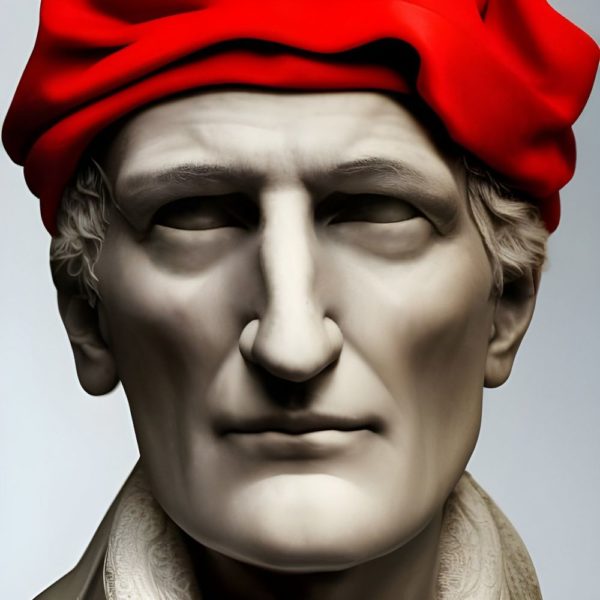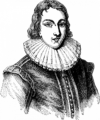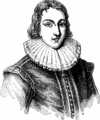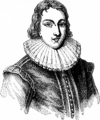Ernest Hemingway: The Master of Literature [INDSÆT VIDEO HER]

Introduction
Ernest Hemingway is one of the most renowned and influential literary figures of the 20th century. Known for his distinctive writing style and adventurous lifestyle, he captivated readers with his impactful novels, short stories, and non-fiction works. In this article, we will delve into the life and works of Ernest Hemingway, providing essential information for those interested in exploring his profound literary legacy.
A Brief Overview of Ernest Hemingway

Ernest Hemingway was born on July 21, 1899, in Oak Park, Illinois. His childhood experiences and family background greatly influenced his writing, which often featured themes of war, love, and masculinity. Hemingway served as an ambulance driver during World War I and drew inspiration from his time spent on the front lines in his novels and short stories.
Hemingway’s Writing Style
Hemingway’s writing style was characterized by its simplicity, conciseness, and clarity. He believed in the power of brevity and often used short, declarative sentences that conveyed deep emotions and complex ideas. Hemingway’s minimalist approach to writing created a natural flow that resonated with readers, allowing them to immerse themselves in the stories he crafted.
Historical Evolution of Ernest Hemingway
1. The Early Years
In the 1920s, Hemingway achieved critical success with his debut novel, “The Sun Also Rises.” This novel, set in post-World War I Europe, introduced readers to Hemingway’s unique narrative style and established him as a prominent figure in the literary world. It explored the disillusionment of the “Lost Generation” and became a quintessential work of modernist literature.
2. The Spanish Civil War and “For Whom the Bell Tolls”
During the Spanish Civil War, Hemingway served as a war correspondent, which inspired his critically acclaimed novel, “For Whom the Bell Tolls.” This powerful and poignant story portrayed the horrors of war and the human struggle for freedom. Hemingway’s first-hand experiences in Spain added authenticity and depth to the novel, cementing his reputation as a master storyteller.
3. Key West and “To Have and Have Not”
In the 1930s, Hemingway settled in Key West, Florida, where he found solace in fishing and the vibrant local culture. This period of his life marked a departure from his earlier works, as he started to experiment with different genres. “To Have and Have Not,” set in Key West and Cuba, explored themes of social inequality and moral ambiguity, showcasing Hemingway’s versatility as a writer.
4. The Nobel Prize and “The Old Man and the Sea”
In 1954, Hemingway received the Nobel Prize in Literature for his influential body of work. One of his most famous works, “The Old Man and the Sea,” published in 1952, further solidified his place in literary history. This novella, set in Cuba, tells the story of Santiago, an aging fisherman who battles a giant marlin. It explores themes of perseverance, human strength, and the inevitable struggle against existential challenges.
Legacy and Impact
Ernest Hemingway’s contributions to literature continue to resonate with readers worldwide. His unique writing style, characterized by its simplicity and depth, has inspired countless authors throughout the years. Hemingway’s influence can be seen in contemporary literature, where his themes of love, war, and the human condition remain enduringly relevant.
Conclusion
Ernest Hemingway’s life and works have left an indelible mark on the literary world. His evocative storytelling and distinctive writing style have earned him a permanent place in literary history. Whether one is new to his works or a dedicated fan, exploring Hemingway’s novels, short stories, and non-fiction writings is an enriching journey into the mind of a true literary master.
Sources:
1. Biography.com. (n.d.). Ernest Hemingway. Retrieved from https://www.biography.com/writer/ernest-hemingway
2. NobelPrize.org. (n.d.). Ernest Hemingway – Facts. Retrieved from https://www.nobelprize.org/prizes/literature/1954/hemingway/facts/
FAQ
How did Ernest Hemingways experiences influence his writing?
What are some of Ernest Hemingways most famous works?
What is Ernest Hemingway known for?
Flere Nyheder
Erhvervsfotograf: En kunst i forretningslivet
Introduction Ernest Hemingway is one of the most renowned and influential literary figures of the 20th century. Known for his distinctive writing style and adventurous lifestyle, he captivated readers with his impactful novels, short stories, and non...
04 juni 2025
Den moderne fotograf: Færdigheder, teknik og kreativitet
Introduction Ernest Hemingway is one of the most renowned and influential literary figures of the 20th century. Known for his distinctive writing style and adventurous lifestyle, he captivated readers with his impactful novels, short stories, and non...
12 november 2024
Galleri Nordjylland: Et kunstnerisk epicenter i det danske landskab
Introduction Ernest Hemingway is one of the most renowned and influential literary figures of the 20th century. Known for his distinctive writing style and adventurous lifestyle, he captivated readers with his impactful novels, short stories, and non...
10 juni 2024
Guiden til valg af de perfekte billedrammer
Introduction Ernest Hemingway is one of the most renowned and influential literary figures of the 20th century. Known for his distinctive writing style and adventurous lifestyle, he captivated readers with his impactful novels, short stories, and non...
09 april 2024











